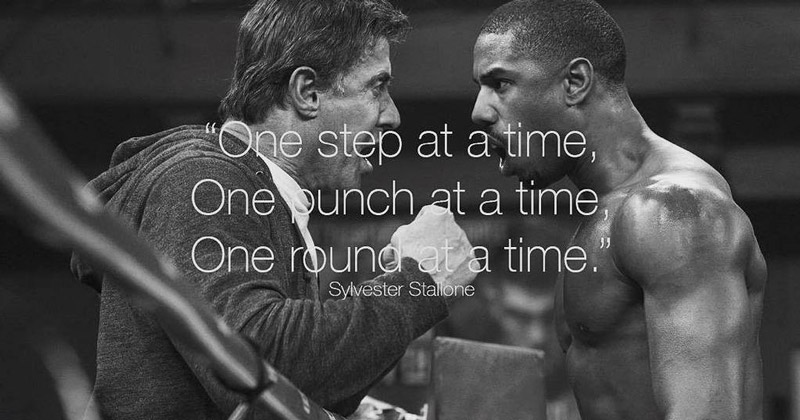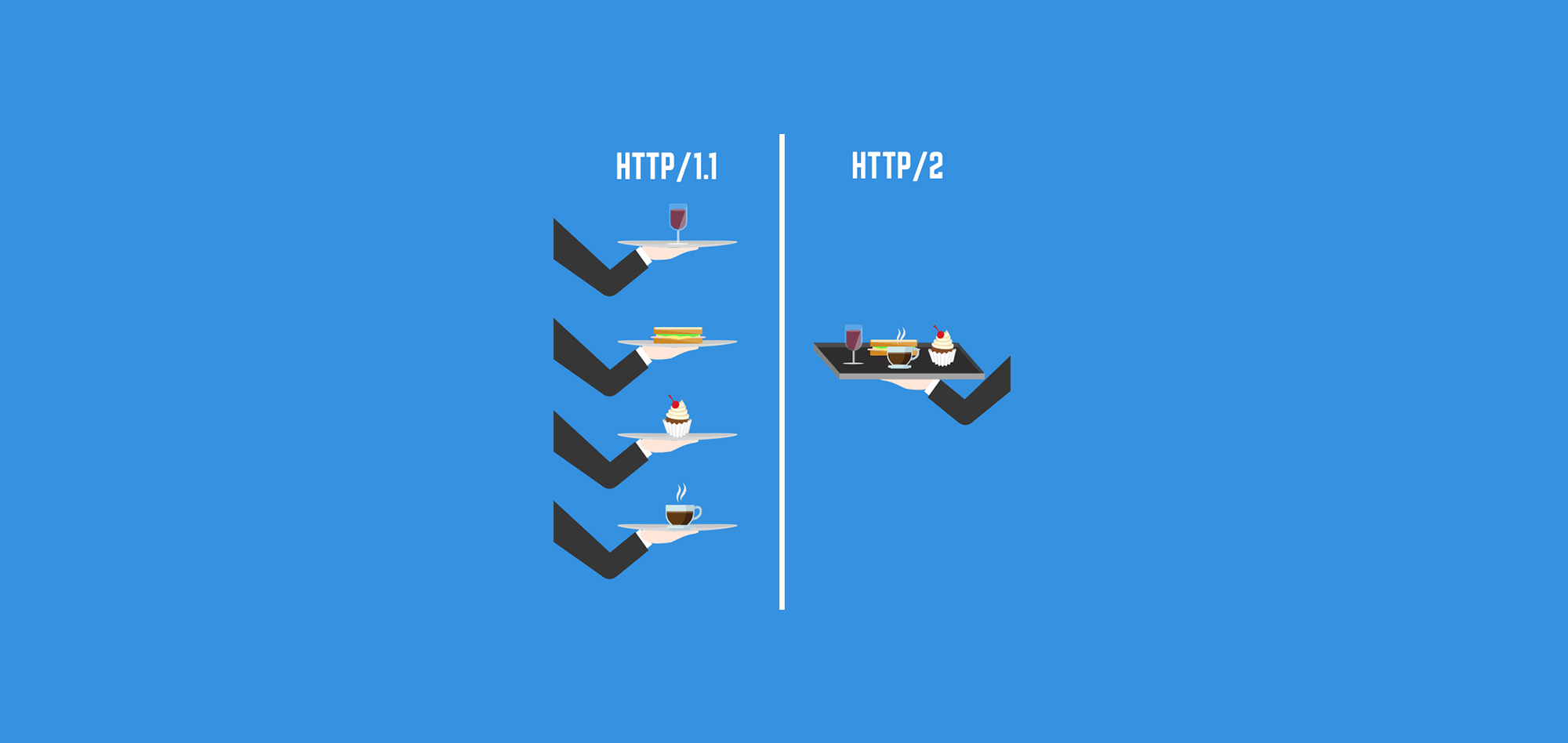
When designing user experience for a website, a fictional profile called a persona, closely resembling the average customer profile of the brand, is used; this ensures that the work done is highly suitable for customers. Besides, due to the nature of software products, there are some universal rules. The most important of these is simplicity. Even if your visitor audience has a high level of education and spends a lot of time online, simplicity should not be compromised.
Tips
a
Negativity Bias: Every Page is Very Important!
The human brain focuses more on negatives. A single bad among dozens of goods can overshadow the others. This attitude, known as negativity bias in psychology, should remind us to be more meticulous in our work... Therefore, a page, an area, or even a tiny non-working button in the most remote corner of websites is very important. Visitors can find you through many different search criteria and may enter your website from any page. Therefore, it is not enough to develop user experience only for the homepage and a few pages you consider important.
You should make every page on your site useful, attractive, and interesting. Remember, every page on your website is an opportunity to deepen your relationship with the visitor.
Stick to Habits: Clichés are Good!
Internet users have developed certain habits that are now part of our lives. For example, using the logo in the center of the page instead of the left or right makes navigating back to the homepage six times harder.
It would be appropriate to proceed based on common desktop and mobile device usage habits when designing your interfaces. People can certainly find a button if you place it somewhere else. You may want to defend this as functionality, but when the user feels a loss of time, it will reflect as a big negative in your score. As these negatives accumulate, you can be sure that people will not visit your site again.
Capture Attention
On a website or in an application, you draw attention to certain areas when you want to achieve a goal. This goal can sometimes be to make sales through the site; sometimes, it is to present the brand to the masses in the best way possible. Everything outside this fundamental goal is either trails guiding the user or roadmaps leading to the big picture.
Whether we're talking about a website, mobile application, CRM, poster, or e-newsletter design, it doesn't matter; if you're using text along with visuals, you should carefully choose the angles of the visuals and where they point.
If there are people in the visual you use, you can place what you want to be seen in the area where the gaze is focused. If you're not using human visuals, a pointer indicating the area you want to draw attention to can serve the same purpose. Visuals are important elements in terms of aesthetics, but this should not mean we can't benefit from them differently.
Reduce Options
Psychologist Barry Schwartz, in his book "The Paradox of Choice," states that offering people too many options can lead to unexpected consequences.
You may want to display everything you have on your website. After all, the primary purpose of sites or applications is to make them accessible in a digital environment. However, at this point, it would be beneficial to determine your priorities. If you confront the user with all products, services, and certificates at once, the user's perception may scatter, and they may leave the site without absorbing any message.
By limiting the options you offer to your users, you can guide them towards the actions you want them to take. We can see this not only in digital environments but also in every place where retail logic works. Just as we see options separated by categories like new releases, bestsellers, etc., in bookstores, this type of segmentation (actually limiting options based on the user's selective perception) will work on a website.

One Page, One Purpose, One Design!
Success in communication starts with the message being fully conveyed to the recipient. The quality of your message can only be discussed after this stage. If we think of everything between the recipient and the source of the message as an obstacle, a user visiting a page with many elements will have to overcome many obstacles before getting what they want.
This is why the design of a mobile application or website is important. Being able to convey the message to the recipient using the least amount of elements, and appealing to both the eye and the mind using aesthetic elements, is necessary. Even functionality cannot be considered separately from design. Even while fulfilling the functionality of your program, you leave some breadcrumbs. If the user can follow these and interact with them easily, you can say you've done the right thing.

Create a Practical Site Map
Searching for something on a website without practical navigation is like sailing in the ocean without a compass. The site map is key to user experience. A simple and user-friendly site map shows visitors how to use the website and how to reach the content they want without wasting time. Regardless of your visitor profile, time is very valuable for everyone! In a good UX website, visitors can navigate without getting lost and interact easily with the content.
A Practical List for Other Suggestions
- A brief that defines goals, identifies the user persona, and includes corporate identity elements is very important for the healthy execution of the project.
- Avoid using multiple columns on your website. If you're not a news site, use a single block to avoid distracting the visitor's attention. This way, you can focus perception and direct it to a desired area.
- Proper contrast setting is necessary for the readability of texts on the site. Using a white background is often a good idea. A balanced use of white space will facilitate reading and flow.
- Use simple but polite phrases in your Call to Action statements. Ensure contrast in these areas to highlight the buttons used.
- Offering a reward for Call to Action often yields positive results.
- Avoid creating different redirects that serve the same purpose and lead to the same link.
- Talk about yourself as little as possible in the content used on your website or application. Remember, quality content should be informative, consumable, and shareable. Do your job, and let others talk about you!
- Don't hesitate to highlight some of your products or services. If you provide equal direction, people will also struggle to make decisions. For this, you can use phrases like most preferred, most popular, etc.
- Act according to your target audience. Consider this in content and design. In software and user interfaces, prioritize simplicity regardless of the target audience.
- Avoid using long and complex forms that interrogate users in structures developed for lead collection. Ask for only the necessary information in an easy-to-understand manner. You can even break this down into several stages and request information in smaller parts.
- Prefer structures that are easy to read and interact with instead of hidden menus and buttons on the site. If any structure used on the site is hidden, there is no need to use it with plain logic. Remove it!
- Refrain from using too many links in texts. Prefer buttons and Call to Action statements that users are more familiar with.
- Avoid using multiple fonts on your site. Adjust the size and thickness of the font for headings, subheadings, content, and Call to Action statements. Use this standard on all pages of the site.
"Design is so much more than simply assembling, ordering, or even editing; it is adding value and meaning, illuminating, simplifying, clarifying, modifying, dignifying, dramatizing, persuading, and perhaps even amusing."
— Paul Rand
“Writing is seeing the future.” Paul Valéry


